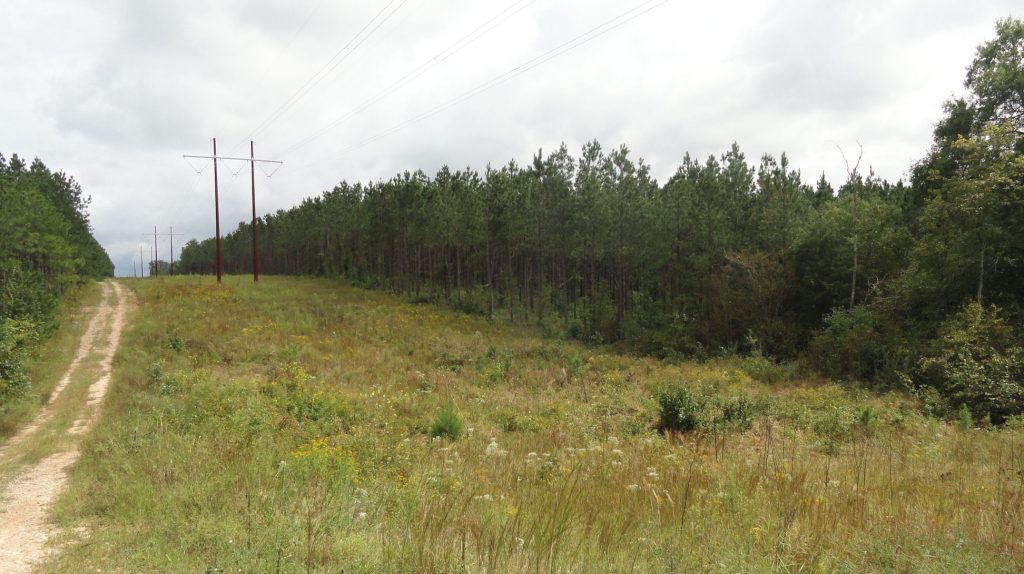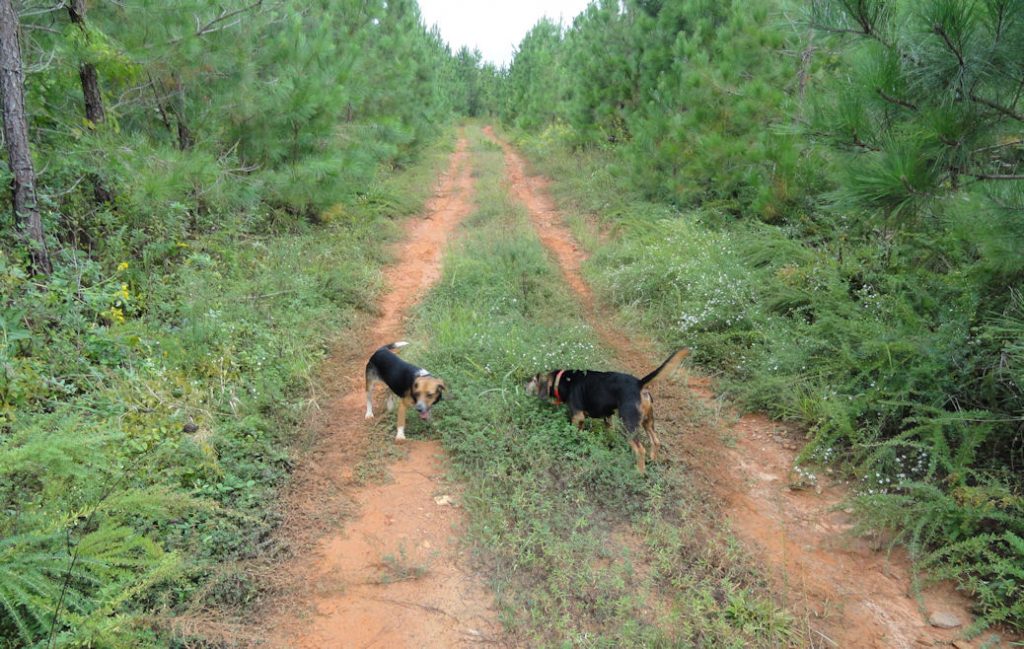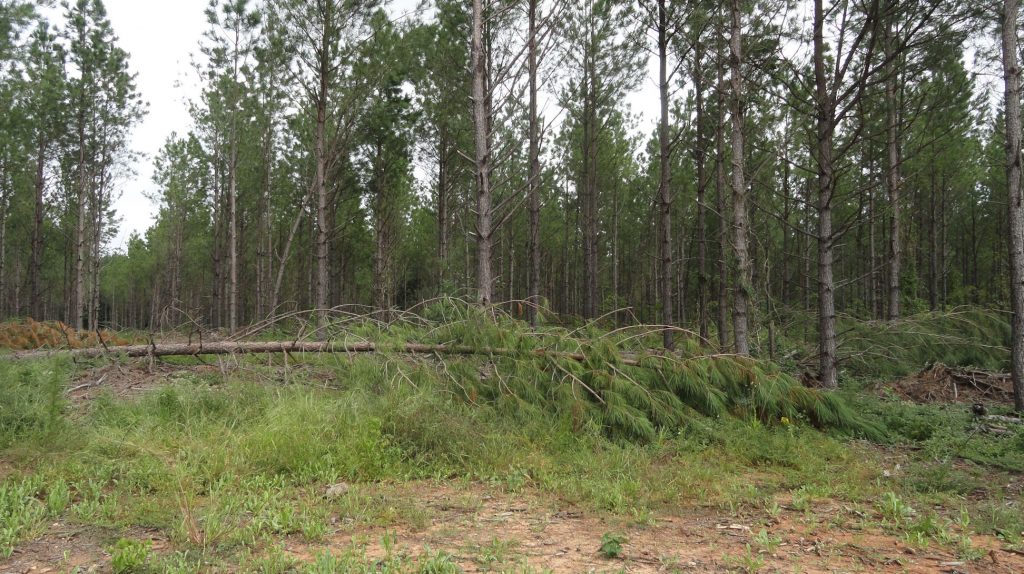
We (Alex, Espen & I) went down to the farms. I needed to discuss wildlife plots with the hunt club. I signed an agreement with Dominion Power about the eight acres on our Freeman property that run under their power lines. Dominion will cost share with us, i.e. they will pay for part of the seed, fertilizers, lime and labor that goes into making the land under the wires into a productive non-forest habitat.

Trees fill in very quickly in Virginia and power companies spend fortunes keeping them down under the power lines & they tend to do it in ways that annoy people with herbicides. It is much better for them to partner with landowners and hunt clubs who can provide local knowledge and a love of the land. It is a win all around. Dominion pays less to us than it would have to pay spraying or mowing crews AND it can brag about the ecological correctness of the results. We have a total plan for the tract too, BTW

The hunt club guys, many of whom are farmers who own equipment, have agreed to plant and maintain the wildlife areas, according to a plan made for me by a wildlife biologist. I cut & pasted the basic plan at the end of this post.
I wanted to see what kind of damage the recent hurricane had done. We are far inland but Hurricane Irene still dumped a lot of rain and engendered high winds. My newly thinned pines were vulnerable to this sort of thing. We suffered little damage, however. A few trees were knocked down, but not so much that you would comment if you didn’t know already.

Finally, I wanted to see the place where we will plant longleaf pine. The picture below shows the clear cut we did last January. Things grew back really quick. The yellow poplars were already about six feet high. To make sure the longleaf get a good start, we sprayed from a helicopter.

My pictures – up top shows the right of way where we will install wildlife plots. Below that is an existing wildlife plot on the CP acreage for reference. The next picture shows rabbit dogs. These little dogs chase the rabbits out of the brush for the hunters. Some of the local guys train their dogs on our land every week. There is an art to this. The owners know all the dogs by name (they look the same to me) and they know their lineage. When the dogs chase the rabbits, the younger, faster dogs go first. Older ones follow. They are slower but have more experience to pace themselves. Who knew it was so complex?
——————
Dominion Virginia Power Wildlife Habitat Enhancement Program
John Matel Property (T-5727, N36.74 W77.74)
Brunswick, VA
Area: 8 acre Dominion Virginia Power right-of-way to be planted into a mix of native warm season grass, forbs and wildflowers
-10ft wide firebreak will be established along one side of right-of-way (not under cost share program), will be used for understory burning of planted pines
Species Mix:
Species Rate (lbs of pure live seed/acre)
Big Bluestem 2lbs/acre
Virginia Wild Rye 2 lbs/acre
Partridge Pea 1 lb/acre
Black-eyed Susan 0.05lb/acre
Butterflyweed 0.5lb/acre
Seeding Date: March 1st to April 15th (May 1st at latest)
Site Preparation:
• See attached NRCS fescue spray chart
o Mow existing vegetation in late summer (late August/early September)
o Spray existing mix of fescue vegetation in fall 2011 (September/October) with glyphosate (follow all label instructions)
o May need a second spray in spring 2012
o Sow seed mix between March 1st and April 15th (May 1st at the latest) with a no-till drill (1/4 inch depth)
OR
o Lightly disk planting area, follow with cultipacker or drag a cedar limb to create a smooth, firm seedbed, sow seed with broadcast spreader (use carrier of pelletized lime to help disseminate seed) and follow with cultipacking or dragging to lightly place seed in soil (sow at ¼ inch depth)
o Leave at least a 15ft buffer on all drainage areas (2 low areas), do not spray or plant in these areas
Maintenance:
• Starting in year 3 or 4 after establishment being a rotational burning or disking regime
o Burning: Burn 1/3 of the area each year between January and early April (not recommended due to transmission line)
o Disking: Disk 1/3 of the area each year between November and mid-March
• Spot spray as needed if competing vegetation becomes a problem
